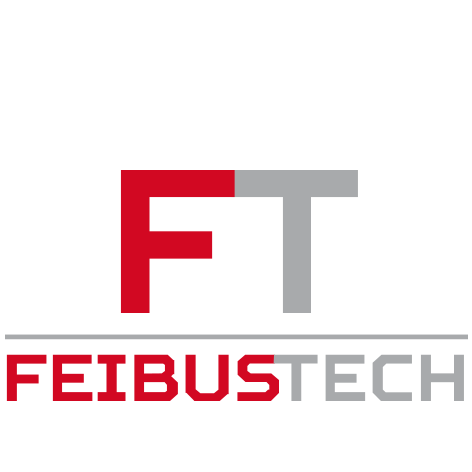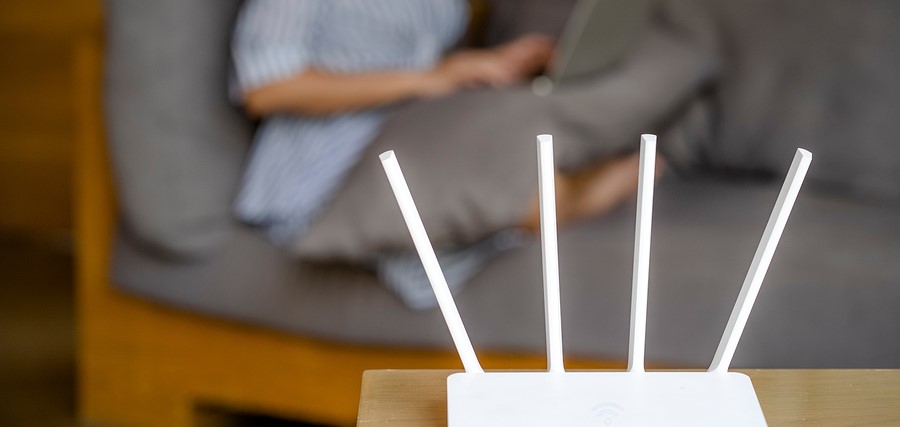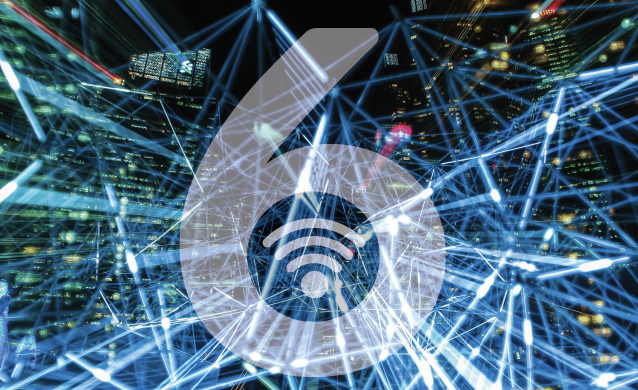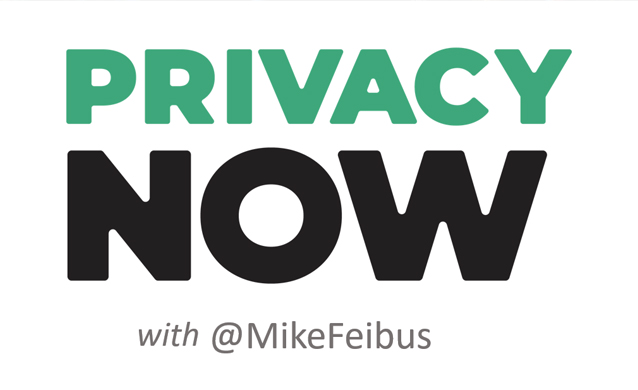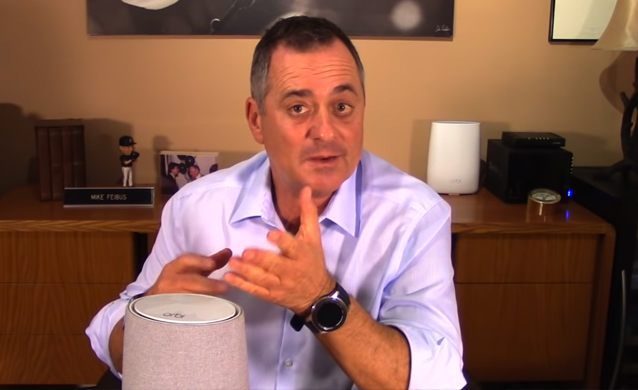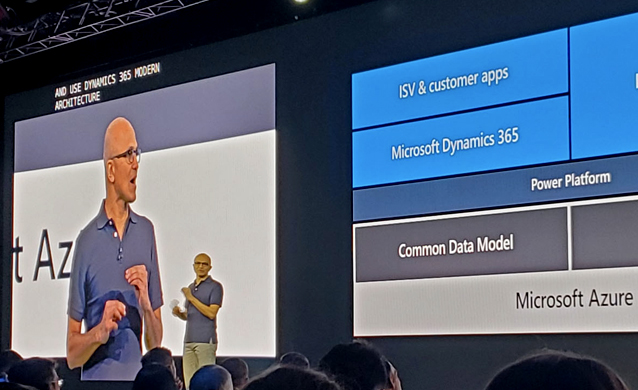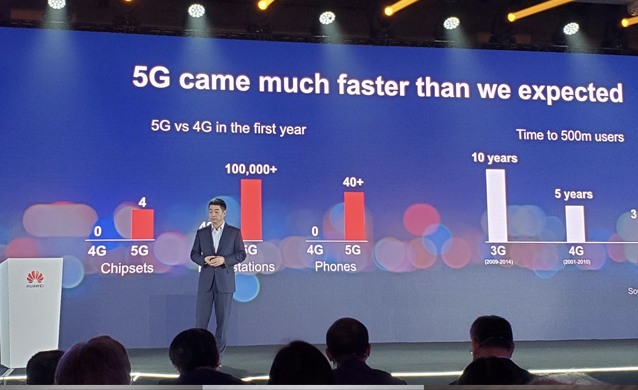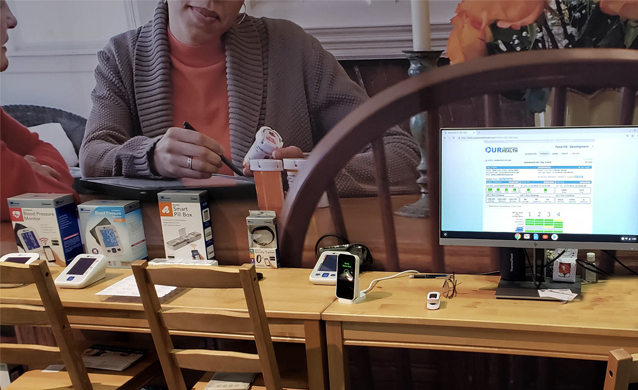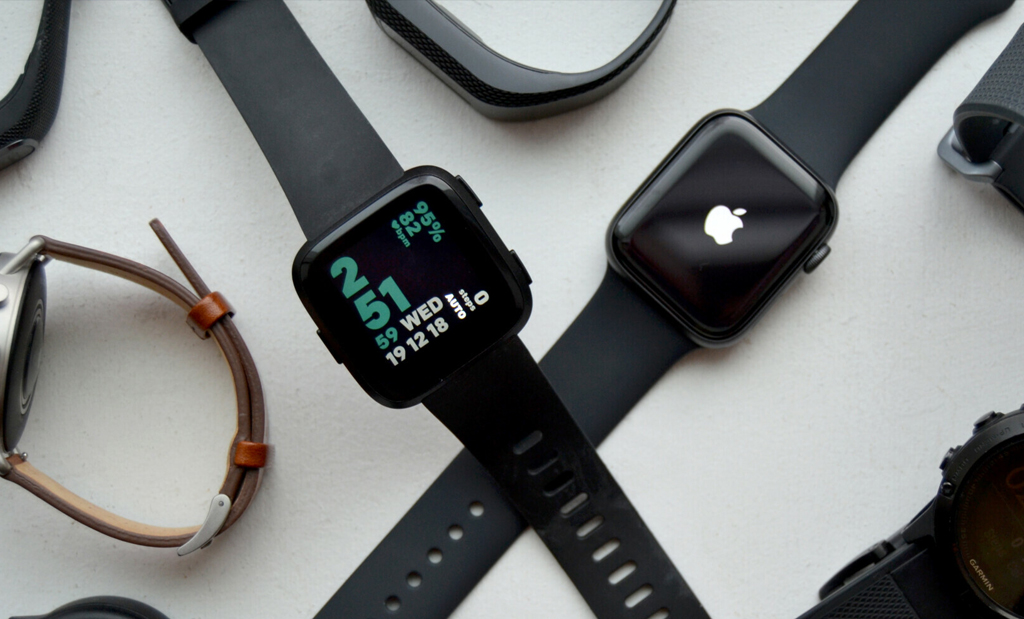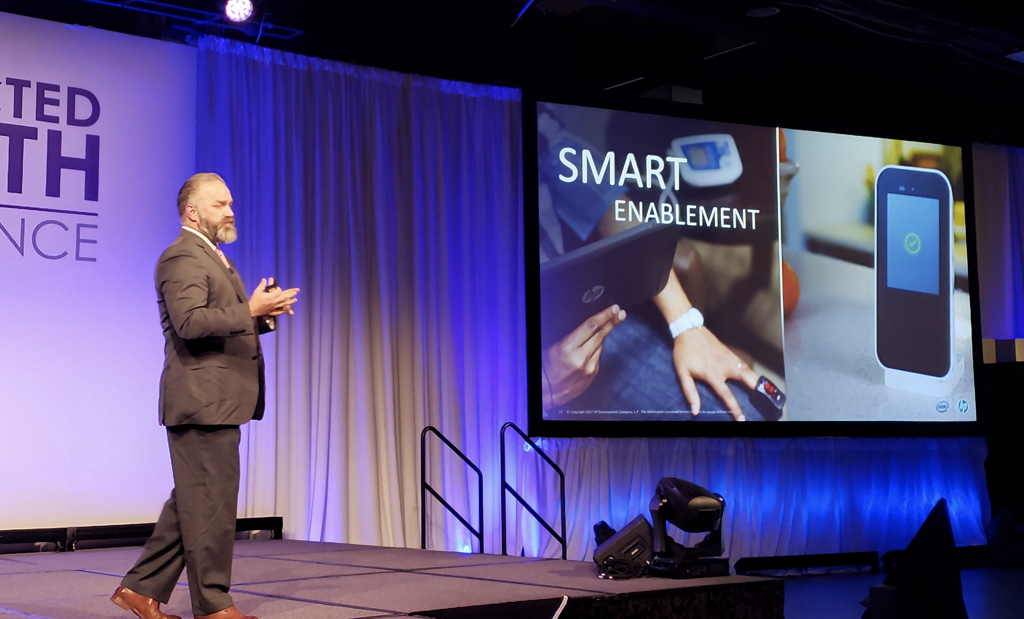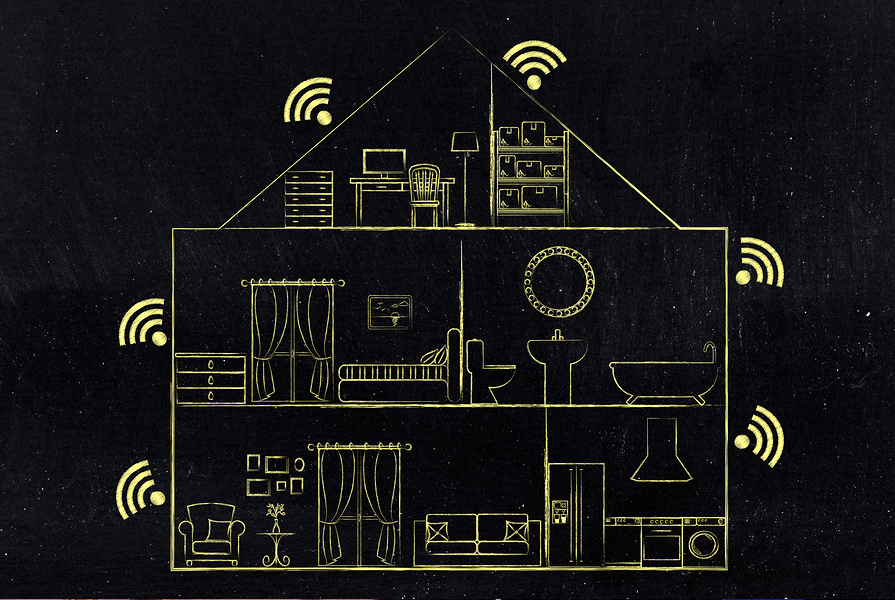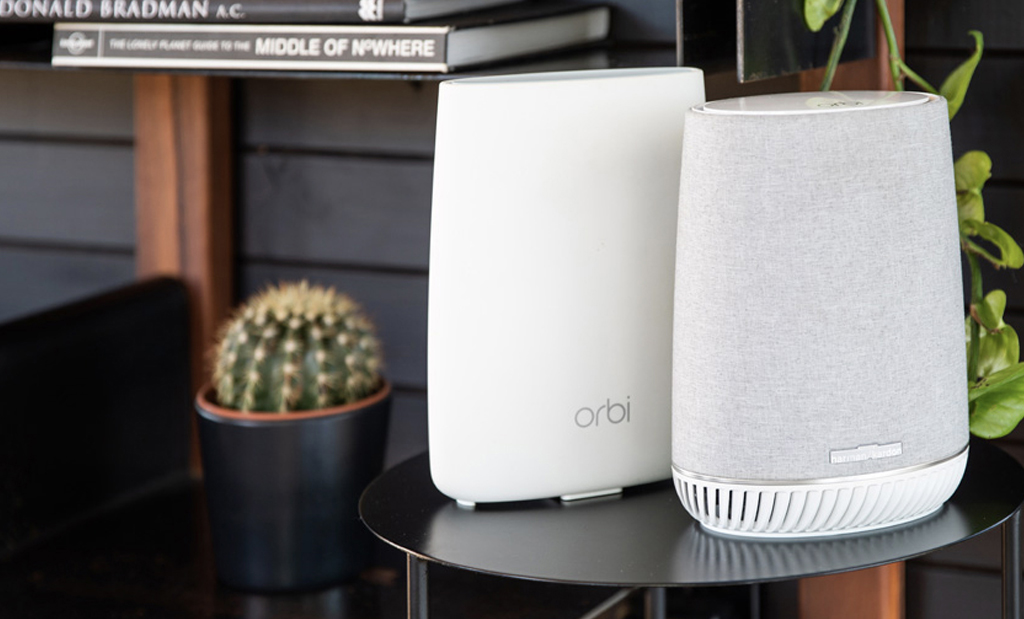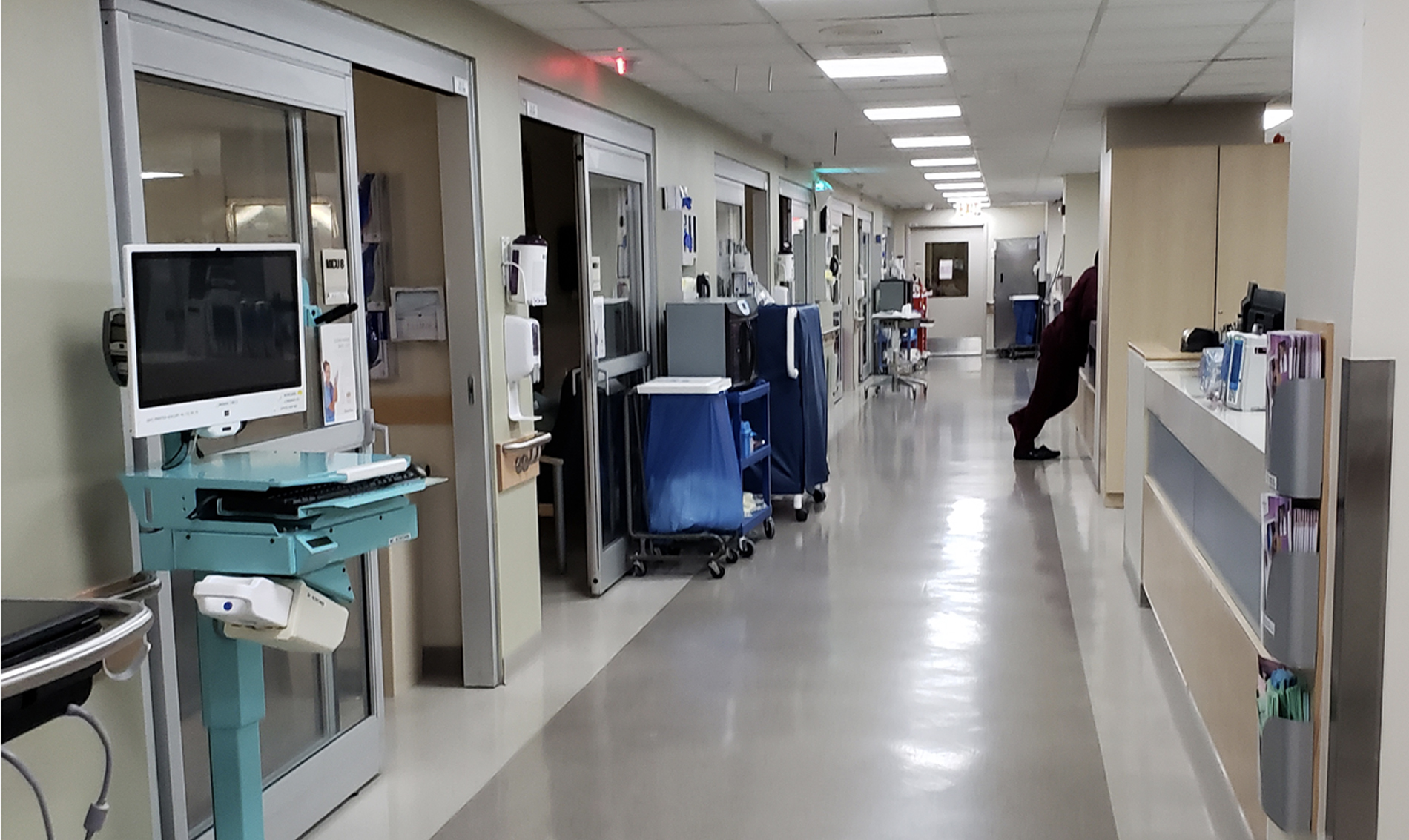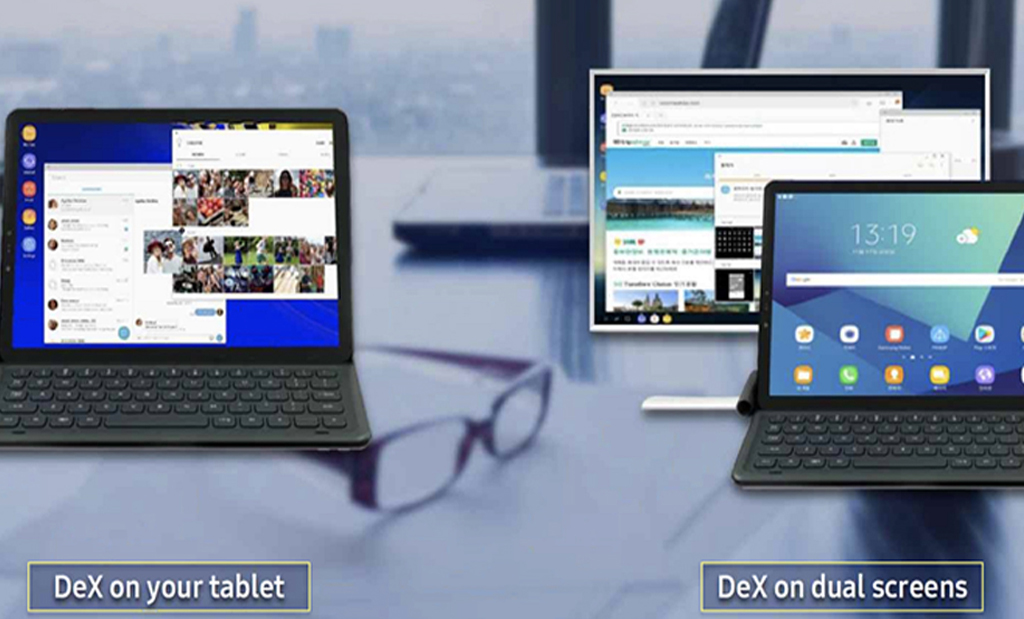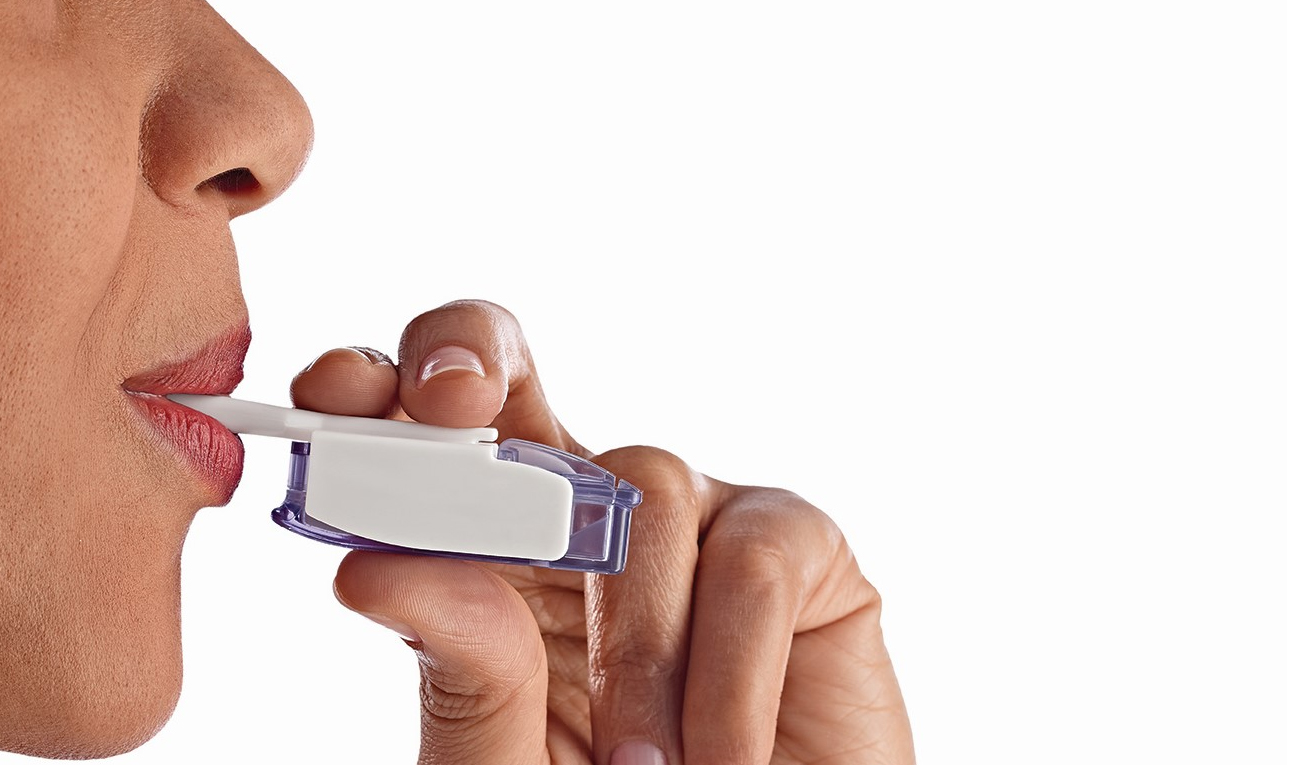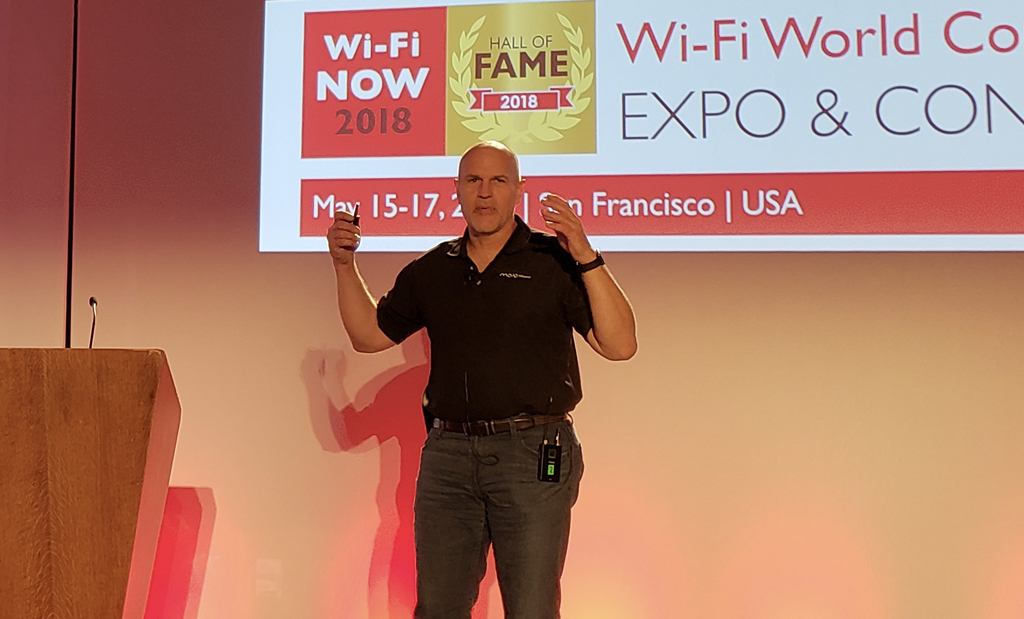PCs to vibrators, CES did not disappoint
The official new year begins at the stroke of midnight New Year’s Day, of course. But for the tech industry, the year invariably kicks off a few days later, with the start of CES in Las Vegas.
It was a busy event for FeibusTech, starting with my USA Today column, which called attention to the new generation of ultra-responsive laptops inspired by Intel’s Project Athena.
At the show, I moderated two panels. During the first, at the Digital Health Summit, I discussed the digital front door with Nancy Agee, President and CEO of the Carilion Clinic, and Anjali Kataria, CEO and Co-founder of Mytonomy.
In my second panel, at the Wearable Technology Summit, Elizabeth Bohlmann, VP Marketing at December Labs, Kathryn Fantauzzi, CEO and Co-Founder of Apollo Neuroscience, and I discussed the evolving wearable ecology, and what it takes to succeed in the 2020’s.
And last but surely not least, I introduced two Finalists at Last Gadget Standing. The first, the Orbi Wi-Fi 6 mesh networking platform, was a product I both tested and advocated for. (Had a chance to see my USA Today column on Wi-Fi 6? No? That’s okay. It’s not too late. See it HERE.)
I neither tested nor advocated for the second product. Nor am I in the market for one: the second-generation Lioness Smart Vibrator. At this point, you may be asking yourself why. Go ahead and click. You won’t be disappointed.
